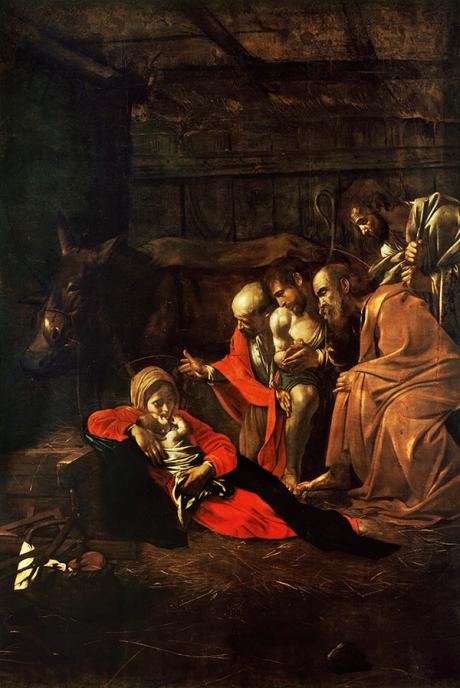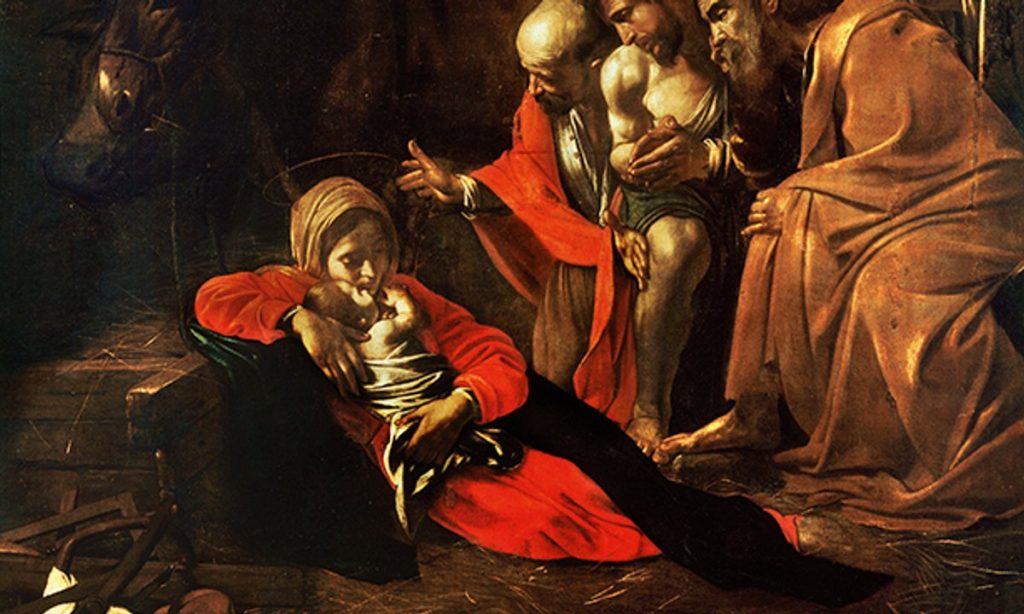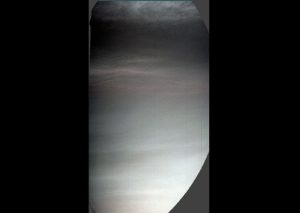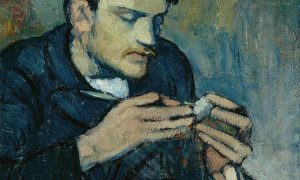
New research suggests that Caravaggio painted one of the Baroque era’s most dramatic nativity scenes in Naples rather than Sicily, as previously thought, indicating that the artist’s final years in the southern Italian city were even more prolific than believed up until now.
The Adoration of the Shepherds (1609) shows a swaddled baby Jesus cradled by the Virgin Mary as a group of stooping shepherds peer down. The painting was believed to have been commissioned by Capuchin Franciscan fathers at the church of Santa Maria degli Angeli in Messina and painted by Caravaggio in that city. It is now on display in Messina’s Regional Museum.
Now, a discovery by a young art historian has confirmed that theory while also throwing up fresh revelations. During research in the historical archives of the Bank of Naples, Vincenzo Sorrentino, who was appointed the curator of 17th-century paintings and sculptures at Naples’s Museo di Capodimonte in September, found a previously undocumented payment receipt for the nativity scene addressed to Caravaggio.
The receipt lists the Capuchins’ treasury as the payer and indicates that payment had been sent to Naples, where Caravaggio spent two stints including the last year of his life during a four-year exile for the murder of Ranuccio Tomassoni. Other works painted during his Naples years include Mary Magdalen in Ecstasy (1606) and The Flagellation of Christ (1607).
“I believe it was painted in Naples and sent to Messina, possibly by boat,” Sorrentino says of The Adoration of the Shepherds. “This is significant because it shows Caravaggio’s first followers in Naples may have laid eyes on the painting without having to travel and worked some of his iconography into their own output”. The theory, he continues, would explain why some Madonnas in paintings by the Neapolitan artist Battistello Caracciolo so closely resemble those of Caravaggio.
The receipt indicates that Caravaggio was paid 300 ducats for the nativity scene, Sorrentino says, noting that artisans typically earned ten ducats per month at the time. This, he explains, showed that the artist was able to command increasingly high prices after winning fame in Rome.
Sorrentino says that he discovered the receipt during university research nine years ago; only when he realised that no Caravaggio experts had cited the document did he decide to dig deeper. His findings were published in January in Paragone, an art and literature review.
Research also led to the discovery of two further receipts for an unknown painting by Caravaggio for which he was paid 100 ducats. The receipts refer to Lanfranco Massa—an art dealer who delivered The Martyrdom of Saint Ursula (1610) from Naples to Marcantonio Doria, a Genoese nobleman—and Ippolita Cattaneo de Marini, a Genoa-based noblewoman who Sorrentino believes may have commissioned the work.
Attempts to identify the painting have so far been fruitless, Sorrentino says. “If there are any clues to this mystery they will surely be found in Genoa,” he concludes.








